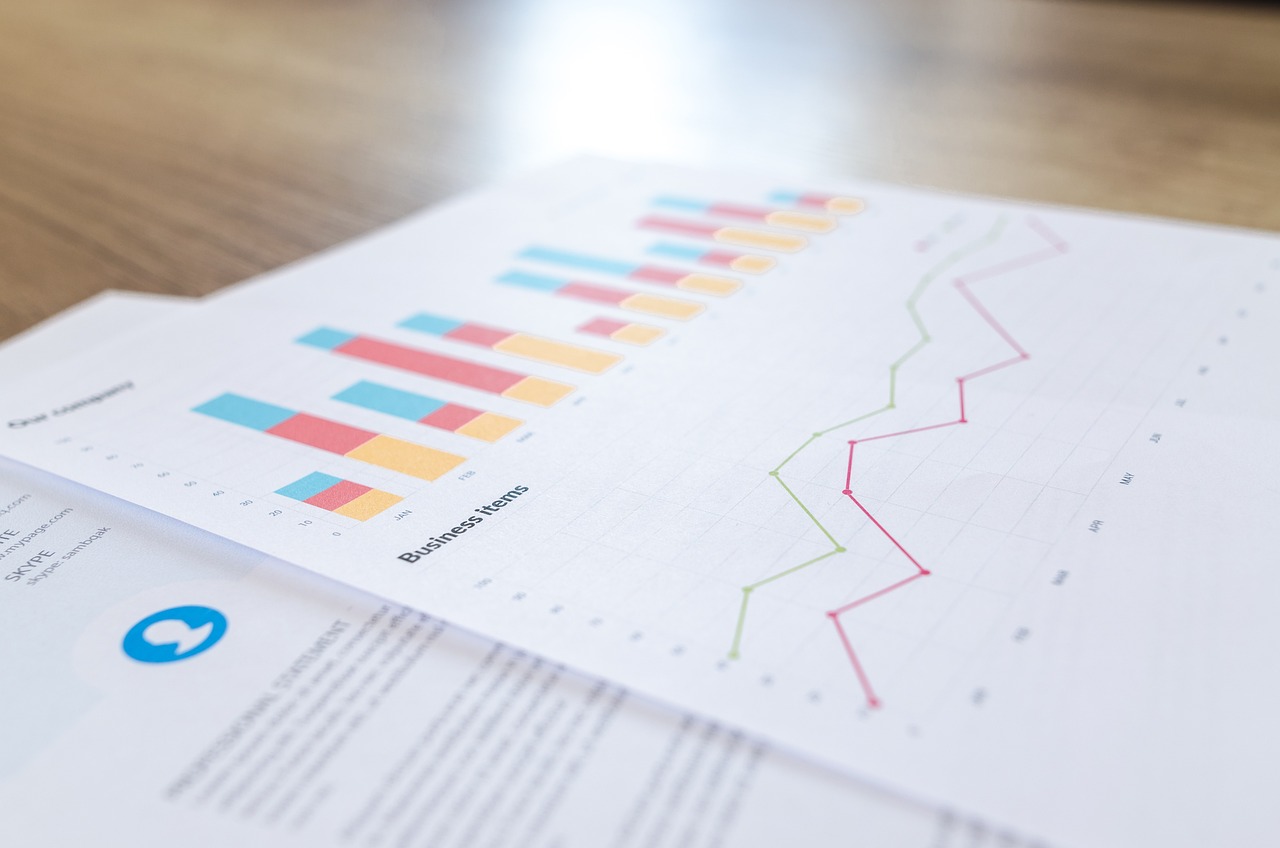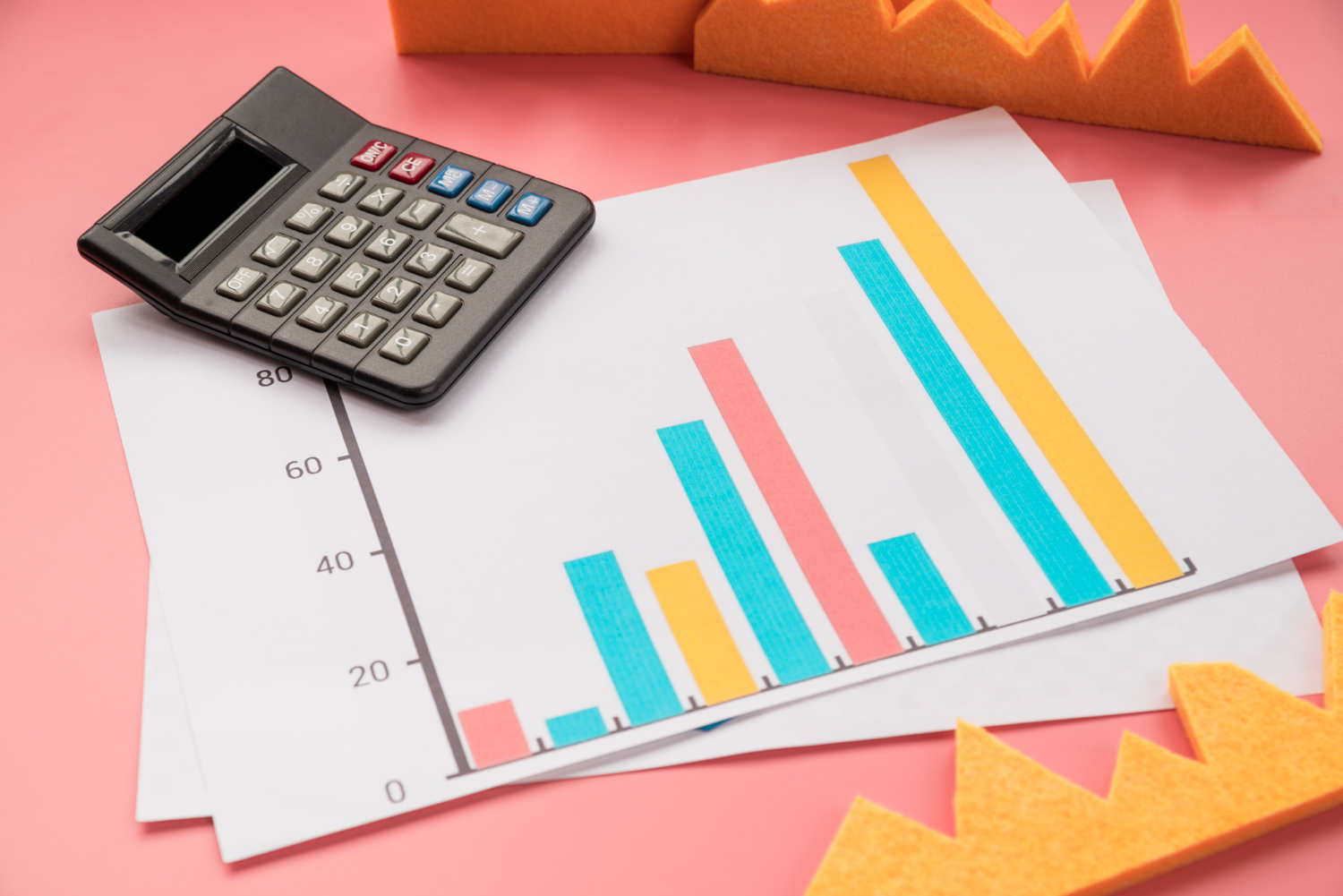

What is business liquidity?
In business, liquidity refers to the ability of a company to meet its financial obligations by having enough cash or assets available to pay off debts or cover expenses as they come due.
In other words, liquidity is the measure of a company’s ability to access cash quickly and easily to meet its financial obligations. This is important because if a company does not have enough liquidity, it may not be able to pay its bills, meet payroll, or make investments in the future.
There are several factors that can affect a company’s liquidity and its ability to generate cash flow from operations. Companies with strong liquidity are generally seen as more financially stable and less risky than those with weak liquidity.
What are the different types of liquidity?
There are different types of liquidity that businesses must understand to manage their finances effectively:
- Market liquidity: This refers to the ease of which assets can be bought or sold in a market without influencing their price. Stocks of large companies often have high market liquidity.
- Accounting liquidity: This is the ability of a business to meet its short-term obligations using its most liquid assets, such as cash and receivables.
- Operational liquidity: The capacity of a business to generate cash from its ongoing operations, ensuring it can cover daily expenses and invest in opportunities.
Why is liquidity important for businesses?
Having sufficient liquidity is critical for the financial health and long-term success of any business:
1. It allows your business to meet obligations
Businesses need to have sufficient liquidity to pay their bills on time, meet their loan payments, and pay their employees. Without adequate liquidity, a business’ reputation will be damaged and it could lead to legal action or even bankruptcy.
2. It provides investment opportunities
Liquidity allows businesses to take advantage of investment opportunities as they arise. If a company has cash on hand, it can quickly make a move to invest in a new project or acquire a competitor, giving it a competitive advantage.
3. It improves flexibility
Having liquidity gives a company the flexibility to respond to unexpected events, such as a downturn in the economy, changes in market conditions, or emergencies that require immediate cash. If a company doesn’t have liquidity, it may have to resort to expensive and time-consuming measures such as selling assets or taking out costly loans.
4. It can help with creditworthiness
Liquidity is also an important factor in determining a company’s creditworthiness. Lenders and investors look at a company’s liquidity ratios when deciding whether to provide financing or invest in the business. A company with strong liquidity ratios is seen as less risky and more likely to meet its financial obligations, making it more attractive to lenders and investors.
What are assets?
Assets are resources that have economic value and are owned or controlled by an individual, organisation, or government entity. These resources can be tangible or intangible.
- Tangible assets are physical assets that can actually be seen and touched. They can include items such as land, buildings, vehicles, machinery, and inventory.
- Intangible assets are non-physical assets that have value but cannot be seen or touched. Some examples of intangible assets can include patents, trademarks, brand names, and copyright.
What is the liquidity of assets?
Liquidity of assets refers to how easily an asset can be converted into cash without significant loss in value. It is a key measure as to the speed and ease that an asset can be bought or sold in the market.
Liquid assets
Assets that are considered highly liquid include cash, money market instruments, and government bonds. These assets can be easily sold in the market at their fair market value and converted into cash quickly.
Illiquid assets
Assets that are considered illiquid include real estate, private equity investments, and artwork. These assets can take longer to sell and may require significant effort to find a buyer willing to pay the fair market value. The sale of such assets may also incur significant transaction costs.
The level of liquidity of an asset can affect its value and risk. Highly liquid assets tend to be less risky because they can be easily converted into cash in case of a financial emergency, whereas illiquid assets tend to be riskier because they are harder to sell and can tie up a significant amount of capital.
How do I calculate liquidity ratios?
There are 3 common types of liquidity ratios, and several ways to calculate it. We have created a simple table below, with more detail beyond:
| Ratio Type | Formula | Ideal Range | Use Case |
|---|---|---|---|
| Current | Current Assets ÷ Current Liabilities | 1.5 – 2.0 | Day-to-day liquidity |
| Quick | (Current Assets – Inventory) ÷ Current Liabilities | 1.0 or higher | Urgent obligations |
| Cash | Cash ÷ Current Liabilities | 0.5 or higher | Immediate solvency |
Key ratios explained:
Current ratio formula
We calculate the current ratio by dividing current assets by current liabilities. This ratio indicates the company’s ability to pay off its short-term debts using its short-term assets. With a higher the current ratio, we can infer that the company is more liquid.
Formula: Current Ratio = Current Assets / Current Liabilities
Quick ratio formula
We calculate the quick ratio by dividing quick assets (current assets minus inventory) by the current liabilities. This ratio indicates the company’s ability to pay off its short-term debts without relying on the sale of inventory.
Formula: Quick Ratio = (Current Assets – Inventory) / Current Liabilities
Cash ratio formula
The cash ratio is calculated by dividing cash and cash equivalents by current liabilities. This ratio indicates the company’s ability to pay off its short-term debts using only its cash reserves.
Formula: Cash Ratio = Cash and Cash Equivalents / Current Liabilities
All three ratios are used to determine a company’s liquidity position, with a higher ratio indicating a more liquid position. It is important to note that these ratios should be used in conjunction with other financial metrics to get a complete picture of a company’s financial health.
What is market liquidity?
Market liquidity refers to the degree to which a financial asset or security can be easily bought or sold in the market without significantly affecting its price. In other words, it refers to the ability of buyers and sellers to transact in a market without causing a significant change in the price of the asset.
A market with high liquidity has a large number of buyers and sellers, and there is a high trading volume for the asset. This means that investors can easily buy or sell the asset, and they can do so quickly and without causing a significant impact on its price.
On the other hand, a market with low liquidity has a limited number of buyers and sellers, and there is a low trading volume for the asset. This makes it more difficult for investors to buy or sell the asset, and they may need to wait longer to find a buyer or seller. Additionally, because there are fewer market participants, a large buy or sell order can have a significant impact on the asset’s price.
Market liquidity is important for investors because it can affect the ease and cost of trading. Assets with high liquidity tend to have lower transaction costs and lower bid-ask spreads, while assets with low liquidity may have higher transaction costs and wider bid-ask spreads.
Examples of liquidity in business
Here are some examples of liquidity in business:
Cash on hand
The most liquid asset is cash, as it can be readily used to pay bills, invest in new opportunities or meet any financial obligations.
Marketable securities
These are easily tradable securities such as stocks, bonds, and mutual funds that can be quickly converted into cash without significant loss in value.
Accounts receivable
These are amounts owed to the company by its customers, which can be easily converted into cash by collecting payment from the customers.
Inventory
Although less liquid than cash or marketable securities, inventory can be sold quickly for cash if the need arises.
Short-term investments
These are investments that mature in less than a year and can be easily liquidated for cash.
Lines of credit
These are agreements between the company and a bank or other financial institution that allows the company to borrow money up to a certain limit.
Cash equivalents
These are highly liquid investments that can be easily converted into cash such as treasury bills, commercial paper, and money market funds.
A real world example – liquidity ratios in action
Scenario:
Imagine a small cake business called “Maria’s Sweet Treats“, which sells custom cakes and pastries to both walk-in customers and through online orders. The business is assessing its liquidity position to ensure it can meet its short-term obligations and continue operations smoothly.
The financial snapshot for Maria’s Sweet Treats:
- Current assets: £200,000 (includes cash, accounts receivable, and inventory)
- Inventory: £50,000 (cakes, ingredients, etc.)
- Current liabilities: £100,000 (includes short-term debt and payables)
- Cash and cash equivalents: £30,000
1. Current ratio
- Formula: Current Assets ÷ Current Liabilities
- Calculation: £200,000 ÷ £100,000 = 2.0
- Interpretation: With a current ratio of 2.0, Maria’s Sweet Treats has£2 in assets for every GBP of short-term debt. This suggests that the business is in a solid position to cover its liabilities, indicating good liquidity.
2. Quick ratio (Acid-Test Ratio)
- Formula: (Current Assets – Inventory) ÷ Current Liabilities
- Calculation: (£200,000 – £50,000) ÷ £100,000 = 1.5
- Interpretation: With a quick ratio of 1.5, Maria’s Sweet Treats can pay off its short-term debts even if it doesn’t sell any inventory. This is a healthy ratio, showing that the business has sufficient liquid assets to cover urgent obligations without needing to sell stock.
3. Cash ratio
- Formula: Cash and Cash Equivalents ÷ Current Liabilities
- Calculation: £30,000 ÷ £100,000 = 0.3
- Interpretation: With a cash ratio of 0.3, Maria’s Sweet Treats can only cover 30% of its short-term liabilities with cash. This is lower than the ideal cash ratio of 0.5 or higher, suggesting that while the business is liquid, it may face challenges in paying off liabilities quickly without relying on other assets or credit.
Takeaway
While Maria’s Sweet Treats has a healthy liquidity position overall (as indicated by the current and quick ratios), its cash reserves are relatively low. The business should consider building its cash reserves to ensure it can cover unexpected expenses or seize opportunities without needing to liquidate inventory or incur debt.
How can I improve my liquidity?
Improving liquidity can be an important goal for individuals and businesses alike. Here are some ways you can improve your liquidity:
1. Reduce expenses
The more money you save, the more cash you’ll have available to use for other purposes. It is recommended that you review your business expenses and try to look for areas where you can cut back.
2. Increase income
You can improve your liquidity by increasing your income. This can be done by taking on additional work, starting a side business, or investing in income-generating assets.
3. Sell unused assets
If you have assets that are not being used, such as unused equipment, vehicles, or property, consider selling them to free up cash.
4. Refinance debt
Refinancing debt can reduce your monthly payments and free up cash for other purposes. However, be aware that there may be fees associated with refinancing, so be sure to weigh the costs and benefits.
5. Negotiate payment terms
If you have outstanding debts, try to negotiate payment terms that are more favorable to you. This may involve extending payment deadlines or reducing interest rates.
6. Maintain good credit
Having good credit can help you secure favorable financing terms, which can improve your liquidity.
How can financial modelling software like Brixx help?
A financial modelling tool can simplify the management of liquidity by using features to model, forecast, and optimise your finances.
- Easily forecast cash flow
- Automatically calculate key liquidity ratios
- Understand how your assets can be converted into cash
- Model multiple scenarios to prepare for all situations
- Strategize growth by identifying new opportunities
Why not start a free trial? Discover how Brixx can streamline your liquidity management and improve your financial planning today.
Common Liquidity FAQs
What is a good liquidity ratio for my business?
A good liquidity ratio depends on your industry, but generally, a current ratio between 1.5 and 2 is considered healthy. It shows that you have enough assets to cover short-term obligations without excessive surplus.
How does liquidity differ from cash flow?
Liquidity refers to your ability to meet financial obligations by converting assets into cash. Cash flow, on the other hand, tracks the movement of money in and out of your business over time. While related, liquidity focuses on immediate access to cash, whereas cash flow is about overall financial operations.
What are the risks of poor liquidity management?
Poor liquidity management can lead to missed payments, damaged credit, or even bankruptcy. It limits your ability to seize opportunities, manage emergencies, and maintain a good reputation with suppliers and creditors.














